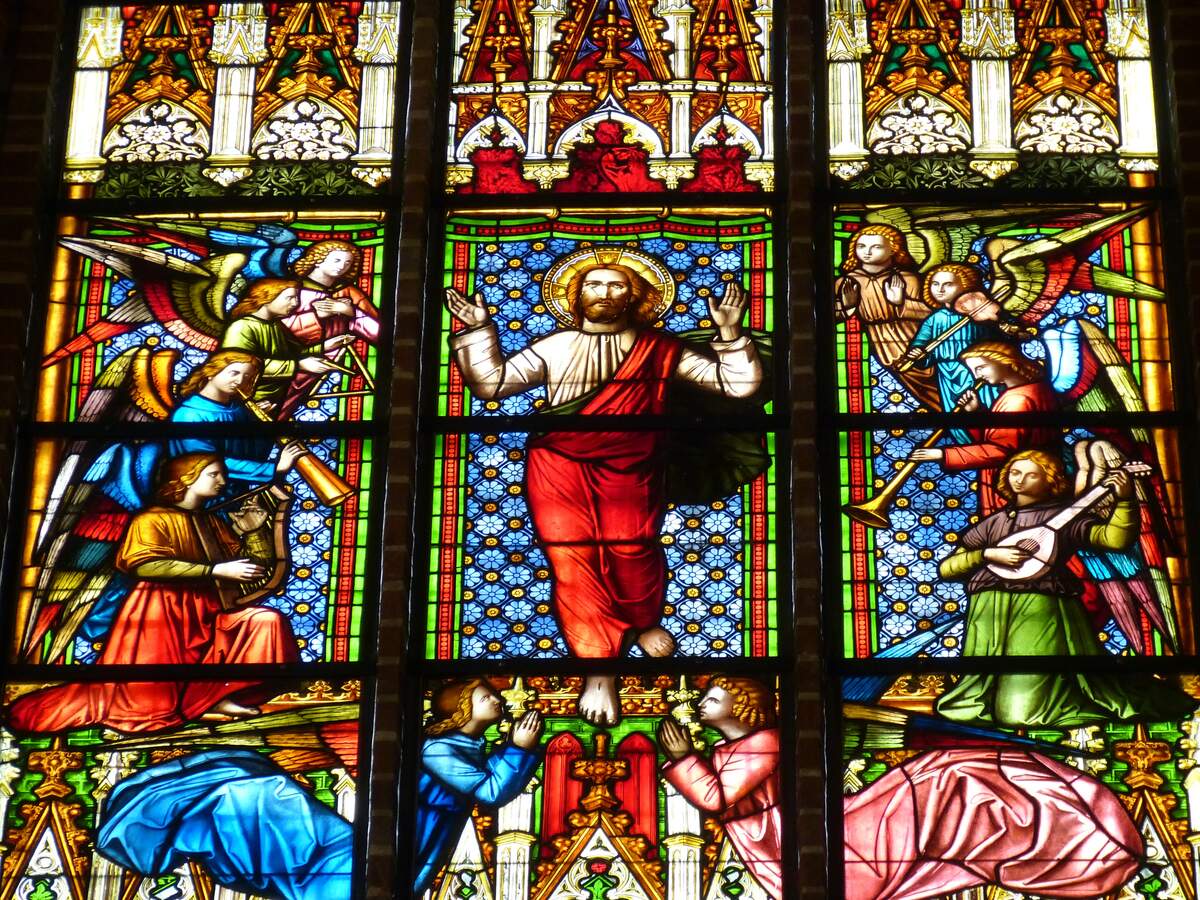

Ascension
Ascension takes place on the fortieth day of Easter and commemorates Jesus's ascension into heaven as described in the New Testament of the Bible. According to the Bible, after his resurrection on Easter, Jesus met with his disciples multiple times over the forty day period and instructed them on how to continue to carry out his teachings. On the fortieth day, he took them to the Mount of Olives, and they watched as he ascended into heaven.
Ascension is one of the earliest Christian festivals, dating back to 68 CE. It takes place ten days before Pentecost and is always on a Thursday, although some churches celebrate it on the following Sunday. Many Eastern Orthodox churches follow the Julian calendar, so Easter—and Ascension—is later than it is for Western churches. Some churches have "church crawls" where people go to different churches for different prayer events. Some Western churches extinguish and take away a Paschal candle after the gospel is read on the day, which symbolizes Christ leaving Earth. The liturgy during Ascension and through Pentecost is joyful, as it marks the triumph of the risen Christ.
Ascension is not a public holiday in the United States, but it is in many other countries. In those countries, government offices, banks, schools, and many businesses are usually closed. There, many people get the day off work, and many people also take off the following day to make it a long weekend.
How to Observe Ascension
If you are a Christian, the day is perhaps best celebrated by attending a church service. Just like Easter and Pentecost, the day is celebrated joyfully because it marks the triumph of Christ over death. Regardless if you are religious or not, you could mark the day by reading accounts of the ascension in the Bible.





















